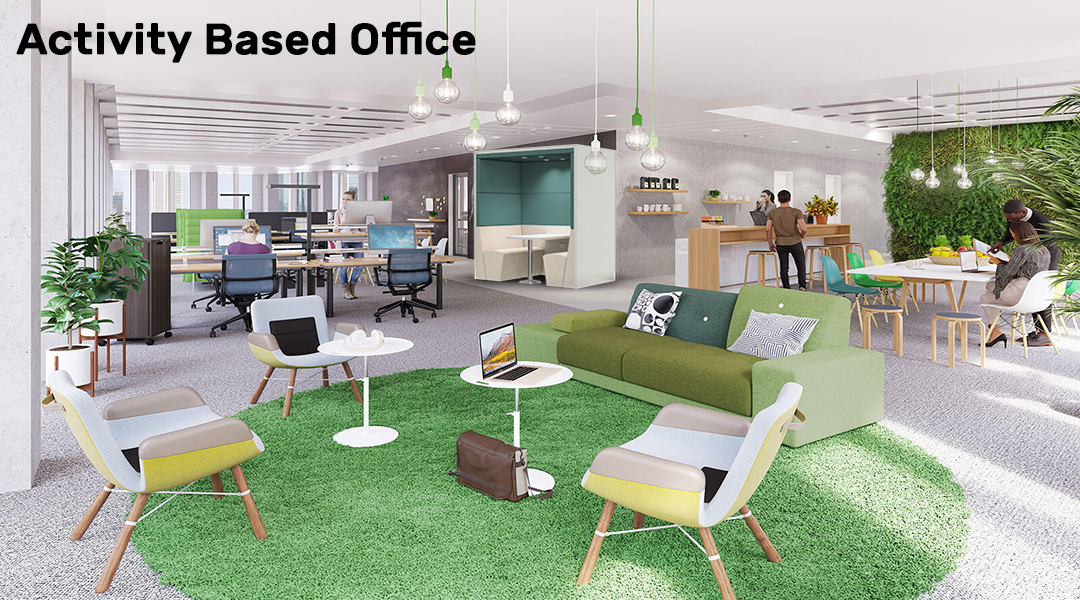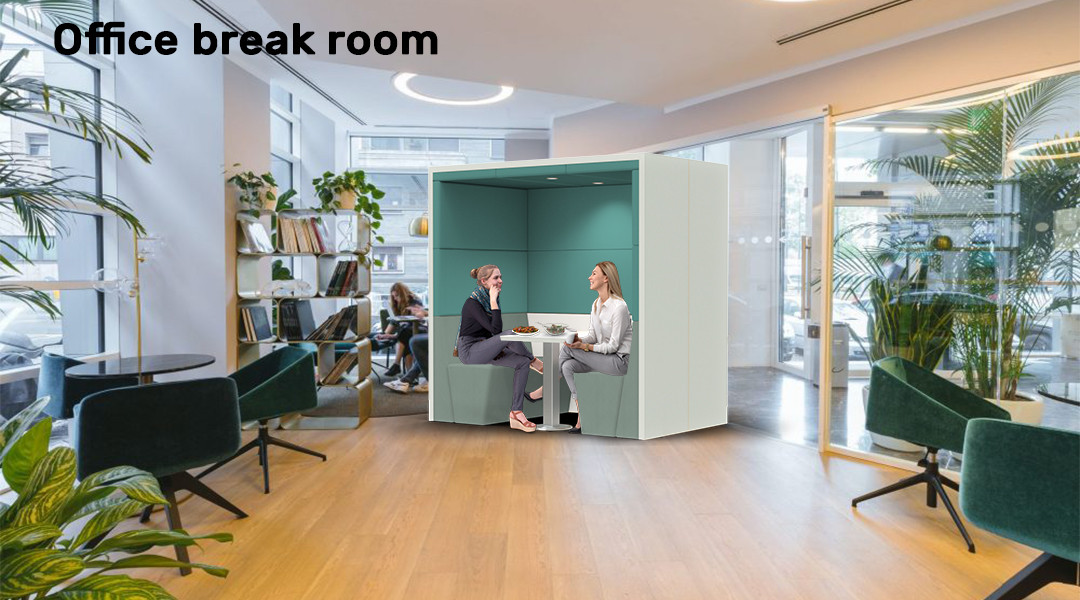A New Way of Working: Strategies For Productive Agile Work Environment
As we increasingly all know, work can be done from anywhere. The pandemic has accelerated the trend of remote working and made it mainstream for nearly every business. Many businesses now realize that a lot of work can be performed just as efficiently from home as in the office.
But what does this all mean for the future of the office? At Spaceworx we are here to support companies as they embrace this new way of working Aka Hybrid work environment or agile working. Gone are the days of needing your own desk or private office with a locked door. If you can open up your laptop in a coffee shop or airport and get some work done, the same principles should apply to the workplace.
Our belief is that employees work best when given the choice to work where, when and how they feel most productive. This not only applies to remote working but also the workplace environment in a physical sense.
Below we laid out four workplace strategies that can be used to create an efficient, productive agile working environment.
- Unassigned seating
Creating a completely flexible environment where users can use a wide variety of different settings and spaces as explained below is the most efficient method of creating an agile workplace. The office environment should support a certain number of users at any given time. For example if a company has 100 employees, they can create an efficient workspace for 25 users since 75 employees could be working remotely or out of the office at any given time. It’s important to understand your usage data to create the correct size environment.
2. Work settings or “zones”
This trend is not necessarily new but has only increased in importance since the pandemic. The concept of this workplace design is to create a flexible workplace based on different types of work zones. The term Activity Based Working or ABW was created to describe this phenomenon. Companies started to create sections in the office where people could work without interruption or in a community. The design of the office became more diverse and new models of furniture sprung up.. The use of pods has, in general, facilitated ABW and has positioned people at work in a new setting.

3. Modular Furniture and Spaceworx Pods.
Spaceworx pods, while aesthetic, also provide a modular environment that is flexible in many ways. The furniture is easy to move around office space and has an acoustical characteristic that makes it optimal to work in. The pods serve a variety of purposes from a private office like setting to a phone booth to make private calls or video meetings, to acoustical collaboration hives. Modular furniture and pods can be moved or reconfigured quickly to serve different functions, uses or teams. As an example, the back panel of the Zip Pod can be removed and the pods can be joined together to create a larger meeting space.
4. Location is everything
Positioning your new Spaceworx work booths in the right place of the office space is crucial. By providing an additional meeting space you are increasing the opportunities for communication, but keeping in mind dividing walls, light and entries can become important to make the use of the pods inviting to all. For example the Hive Cafe is a nice addition to a break room, although it can be used in other ways, because it makes it possible for teams to engage in their free time by sharing time in this product. Break time is part of the new way of working and it is important in the sense that people need to recharge, and what better way to recharge than in style with Spaceworx products.

It is also important to keep in mind that pods are intended for specific use and not for a full day’s work. This is where unassigned seating and activity based working comes into play as individuals can move from place to place depending on their current task.
To learn more about designing an office for the new way of working, check out the article from Work Design Magazine here.
How to design for the variable future: a guide to designing with pods

